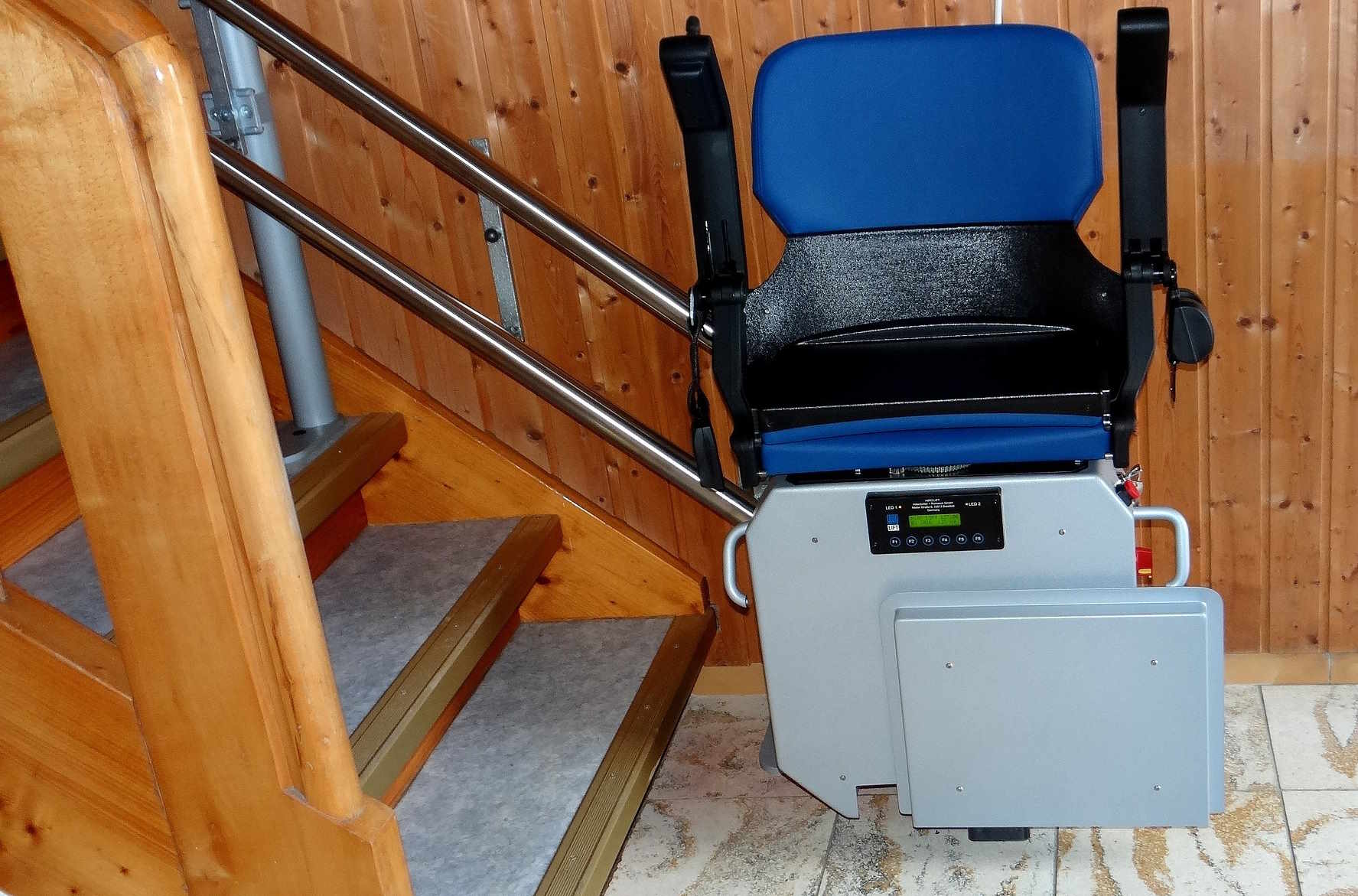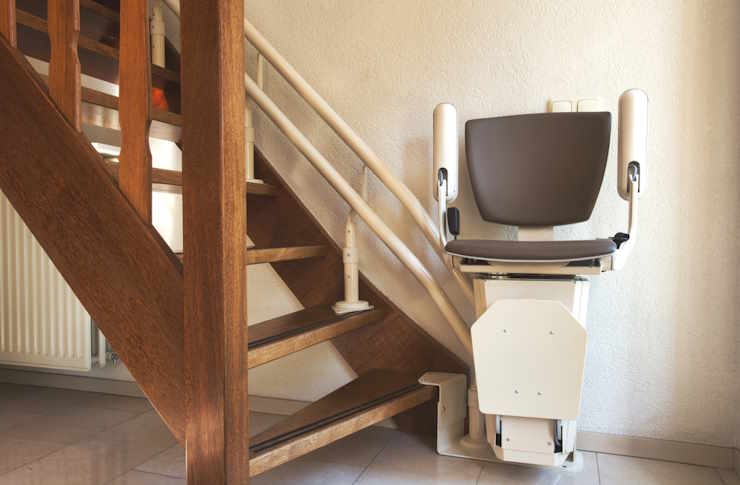Shared Office: What to Expect and How It Works
Shared offices have become a practical option for freelancers, startups, and small teams seeking workspace flexibility without long-term leases. These spaces combine private desks, hot-desking, meeting rooms, and communal areas to balance collaboration and focused work. Understanding what’s typically included and how operations are organized helps you choose a space that fits your workflow, budget, and business needs.

reception: What services are usually provided at the front desk?
A staffed reception is a common feature in many shared offices. Reception personnel typically greet visitors, manage mail and package handling, and can direct guests to meeting rooms or individual members. In some centers the reception also provides phone answering on your business behalf, visitor sign-in systems, and basic concierge tasks like booking local services or arranging deliveries. These elements help present a professional image without the overhead of hiring your own administrative staff.
Reception areas also set expectations around security and access. Hosts often control entry with keycards, mobile apps, or staffed check-ins; they may enforce visitor policies and provide orientation to new members. When evaluating shared offices, ask about peak hours at reception, how they handle after-hours access, and whether reception staff can support specific needs such as certified mail handling or compliance-related documentation.
amenities: Which common amenities should you expect?
Shared offices typically include a range of amenities that support day-to-day work: high-speed internet, printing and scanning facilities, kitchens or coffee areas, and meeting rooms equipped with presentation tools. Some spaces add extras like phone booths for private calls, nap or lounge zones, bike storage, and event spaces for workshops. Availability varies by provider and membership type, so list the amenities you require and confirm which are included or require additional booking fees.
Beyond physical amenities, many shared office operators offer member benefits such as networking events, workshops, or access to a directory of local services. These community features can add value, especially for solo entrepreneurs seeking collaboration opportunities. When comparing spaces, factor in the convenience and potential productivity gains from on-site amenities versus their added cost or booking restrictions.
furniture: How is furniture arranged and what should you look for?
Furniture in shared offices ranges from ergonomic adjustable desks and supportive chairs to casual lounge seating and collaborative tables. Fixed private offices usually come furnished, while hot-desking areas provide shared desks that you use as needed. Prioritize ergonomic support and flexibility: adjustable chairs, sufficient desk depth for monitors, and options for standing desks can reduce fatigue and improve comfort over full workdays.
Inspect the quality and layout before committing: check for adequate storage, cable management, and natural light near workstations. If you need particular setups—dual monitors, large drafting tables, or lockable storage—ask whether the provider can accommodate modifications or if there are upgraded suites. Furniture turnover and maintenance policies are also important; confirm how quickly repairs are handled and whether replacements are phased through the membership.
technology: What technology and connectivity can you expect?
Reliable connectivity is essential in shared offices. Most operators provide enterprise-grade Wi-Fi with dedicated bandwidth for members, wired Ethernet ports for critical tasks, and guest networks for visitors. Shared meeting rooms commonly offer modern AV setups—projectors or large displays, conference call systems, and video conferencing cameras—so remote collaboration is possible without extra equipment. Check whether the space supports business-class security measures like VPN access, network segmentation, and regular firmware updates.
Also consider tech support: some centers include on-site IT assistance, while others provide only vendor-managed infrastructure. Ask about backup internet options, uptime guarantees, and policies for bringing your own hardware. If you plan to host sensitive meetings or handle confidential data, inquire about private rooms with enhanced soundproofing and whether the network meets relevant compliance standards for your sector.
financial: How do pricing and membership structures typically work?
Shared office pricing models vary: you’ll find pay-as-you-go day passes, monthly hot-desk memberships, dedicated desks, and private office suites billed per person or per room. Memberships often tier access to amenities, meeting room hours, and storage. Additional charges may apply for printing beyond a quota, event space rental, or premium services such as mailbox handling. If budgeting for a team, compare the all-in monthly cost per seat, including taxes and any one-time setup fees.
Financial planning should include potential variable costs: late cancellation fees for room bookings, charges for additional visitors, and equipment rental. Many providers offer discounts for longer commitments, but those savings must be weighed against the flexibility you might lose. Consider forecasting three to six months of occupancy costs and include a buffer for unexpected expenses like higher internet needs or increased meeting room use. When possible, request a clear fee schedule and sample invoice to avoid surprises.
Conclusion
Shared offices provide a flexible blend of workspace, community, and services that can reduce overhead and accelerate productivity for individuals and small teams. Evaluate reception capabilities, included amenities, furniture quality, and technology infrastructure alongside membership terms and financial structure to find a workspace that aligns with your operational needs. Visiting spaces, asking targeted questions, and reviewing agreements closely will help ensure the chosen shared office supports your business goals.




